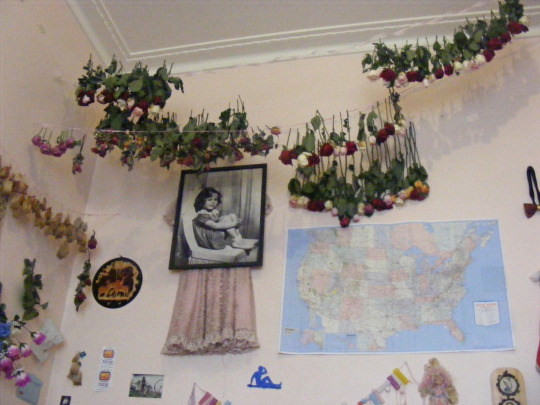Don't wanna be here? Send us removal request.
Text

Omo Bugamo or Skeleton Man at the Mount Hagen Festival
1 note
·
View note
Text

Albino snapping turtle, Chelydra serpentina, at the Tennessee Aquarium
10 notes
·
View notes
Text

"Mother and baby snail love each other very much."
6 notes
·
View notes
Text

Karni Mata Temple - Temple of Rats, India
1 note
·
View note
Text

"The amazing rock formations of the Isle of Staffa, Inner Hebrides (Scotland). The Isle of Staffa (from the Old Norse for stave or pillar island) is a small and uninhabited island of the Inner Hebrides of Scotland. Entirely of volcanic origin, the isle consists of a basement of tuff, underneath colonnades of a black fine-grained Tertiary basalt, overlying which is a third layer of basaltic lava lacking a crystalline structure. By contrast, slow cooling of the second layer of basalt resulted in an extraordinary pattern of predominantly hexagonal columns which form the faces and walls of the principal caves. The lava contracted towards each of a series of equally spaced centres as it cooled and solidified into prismatic columns. Similar formations are found at the Giant's Causeway In Ireland. According to the legend, the Irish giant Fionn mac Cumhaill (Fingal) built the causeway to walk from Ireland to Scotland to fight his Scottish counterpart Benandonner."
7 notes
·
View notes











